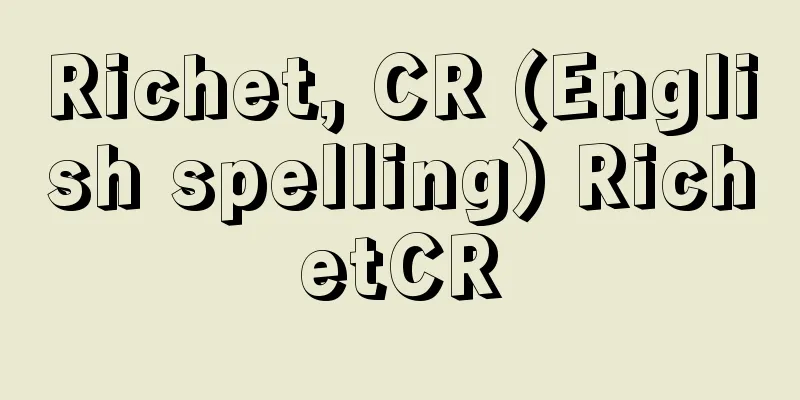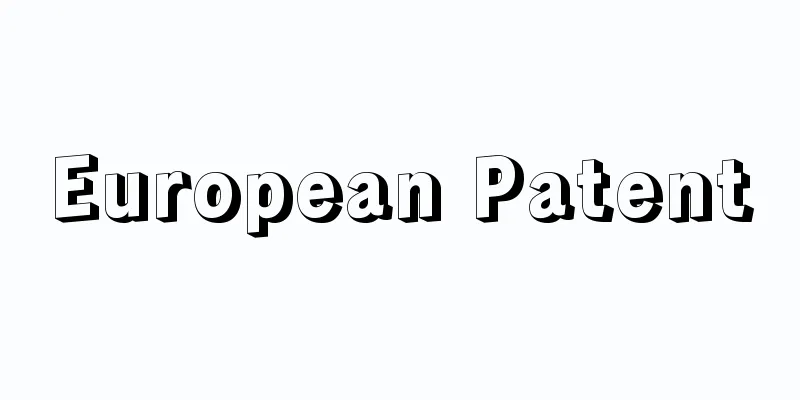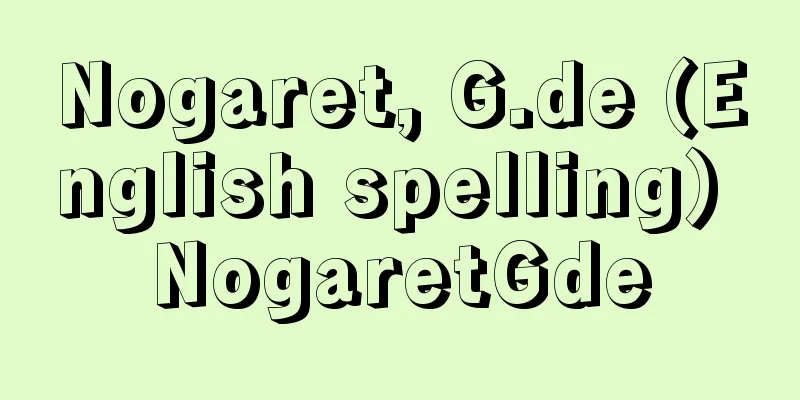Richet, CR (English spelling) RichetCR

|
…From the Latin ana (no) and phylaxis (protection), meaning "no defense," medically it refers to a type of allergic reaction. It was named in 1902 by French physiologist Charles R. Richet (1850-1935). Richet was conducting research on (immuno)toxins by injecting a toxin extracted from the tentacles of sea anemones into dogs, and discovered that when he injected a small amount of the toxin a second time, the dogs were in a state of hypersensitivity, and showed severe symptoms and died, even though the amount was much smaller than the toxic dose. … From [Allergies]…This phenomenon is now called Koch's phenomenon, because the body's reaction differs between primary infection and reinfection, with reinfection showing a stronger resistance. In 1902, while studying sea anemone toxins, Charles R. Richet (1850-1935) and Paul Portier (1866-1962) of France discovered that dogs could be injected with a small amount of toxin at first without dying, but that the dogs became so sensitive to the toxin that even a very small amount of toxin injected thereafter would cause severe symptoms such as difficulty breathing, diarrhea, and bloody stool, and they would die. They called this anaphylaxis (ana means opposite, no, and phylaxis means defense or protection, and is a Latin word referring to a state of no defense). … From [Richer]...French physiologist. Founder of serum therapy. Born in Paris, he once aspired to be a writer, but studied medicine at the University of Paris, becoming a professor at the university in 1887. He was involved in research into psychiatry and pathology, but was influenced by C. Bernard and others and began to conduct extensive research in the field of physiology, including the secretion of gastric juice and the relationship between respiration and the skin. Furthermore, in 1888, he discovered that animals injected with bacteria developed immunity to them, and in 1890, he performed the first immunotherapy on humans. ... *Some of the terminology explanations that mention "Richet, CR" are listed below. Source | Heibonsha World Encyclopedia 2nd Edition | Information |
|
…ラテン語のana(無)とphylaxis(防御)からなり,〈無防御〉を意味するが,医学的にはアレルギー性反応の一つのタイプをさす。フランスの生理学者リシェCharles R.Richet(1850‐1935)によって1902年に命名された。リシェはイソギンチャクの触手から抽出した毒素をイヌに注射して(免疫)毒素の研究を行っていたが,第2回目の毒素を微量注射したところ,イヌは過敏状態になっていて,中毒量よりはるかに少ない量にもかかわらず,激しい症状を示して死亡することを発見した。… 【アレルギー】より…これは現在コッホ現象と呼ばれているが,初感染の場合と再感染の場合とでは生体の反応が異なり,再感染では抵抗がたかまった反応を示すためである。1902年,フランスのリシェCharles R.Richet(1850‐1935)とポルティエPaul Portier(1866‐1962)は,イソギンチャクの毒素の研究をしているうちに,初めに少量の毒素をイヌに注射しても死なないが,その結果イヌは毒素に対して非常に過敏になり,その後はごくわずかな量の毒素を注射しても,呼吸困難,下痢,下血などの激しい症状を起こして死亡することを見いだした。そして,これをアナフィラキシーanaphylaxis(anaは反対,無,phylaxisは防御,保護の意で,無防御の状態を指すラテン語)と呼んだ。… 【リシェ】より…フランスの生理学者。血清療法を創始した。パリに生まれ,一時文学を志したが,パリ大学で医学を修め,1887年パリ大学教授となった。精神病学や病理学の研究に従事したが,C.ベルナールらの影響を受けて,生理学分野で広範な研究を行うようになり,胃液の分泌や呼吸と皮膚の関連などについての研究を行った。さらに88年には,細菌を注射された動物は,それに対する免疫ができることを認め,90年,はじめてヒトに対して免疫療法を行った。… ※「Richet,C.R.」について言及している用語解説の一部を掲載しています。 出典|株式会社平凡社世界大百科事典 第2版について | 情報 |
>>: Richmond (district) (English spelling) Richmond
Recommend
Gnathostoma hispidum
… [Shomei Kojima]. … *Some of the terminology tha...
Merchant ship - Shosen (English spelling)
In Japanese commercial law, it refers to a ship o...
trout
...Among them, the name "salmon" was us...
Moro Ruins - Moroiseki
This is a Pre-Pottery Period site located in Komo...
Narcissus cyclamineus (English spelling) Narcissuscyclamineus
…[Hiroshi Aramata]. … *Some of the terminology th...
Ardisia crispa (English spelling)
…[Sumihiko Hatsushima]. … *Some of the terms that...
One Way Road
...From this point on, what he aimed for was to c...
Forsyth, Frederick
Born: August 25, 1938, Ashford. British author. Kn...
School disaster
→School accident Source: Shogakukan Encyclopedia ...
Yellow baldness - Yellow baldness
...Red and white clay are used for the clay body,...
Pseudomembranous colitis
...This is because the amount of antibiotics used...
Clarke number
A number that expresses the average abundance of ...
Archaeopteryx - Archaeopteryx
…The classification of birds varies among scholar...
Ouchibito - Ouchibito
〘Noun〙① A priest who works at great shrines such a...
Owner of Ippitsuanshujin
...A collection of volumes. Co-authored by Mizuka...









